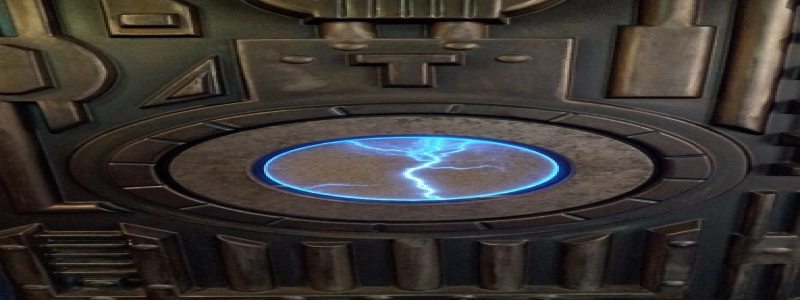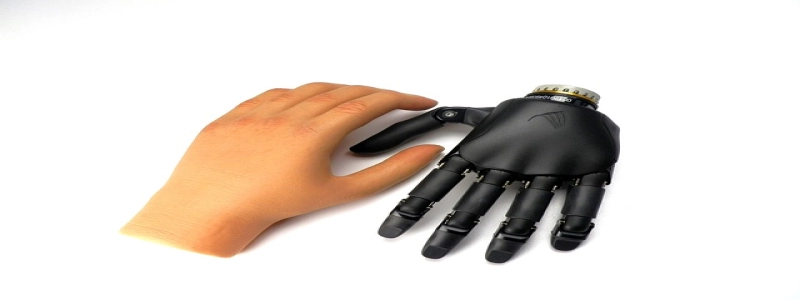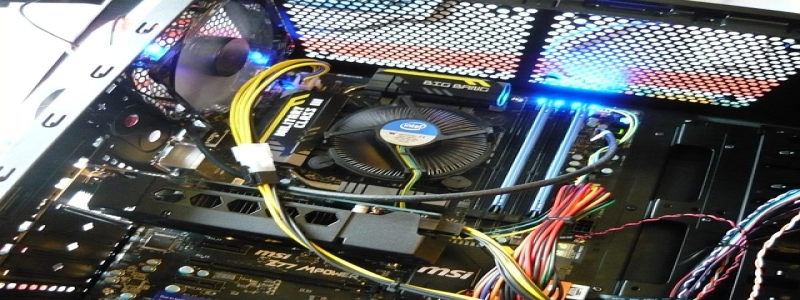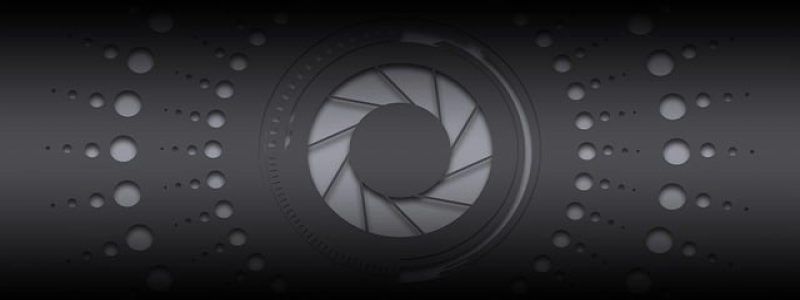Butterfly Laser Diode
導入
A butterfly laser diode is a crucial component in various optical communication systems. This article aims to explore the structure, working principle, and applications of the butterfly laser diode.
私. Structure
1. Laser Chip
The butterfly laser diode consists of a laser chip, which is the heart of the device. The chip is usually fabricated using semiconductor materials like gallium arsenide (GaAs) or indium phosphide (InP). It contains multiple layers, including an active layer, cladding layers, and a substrate.
2. Optical Fiber
The laser chip is coupled to an optical fiber using a receptacle mounted on the butterfly package. The fiber is aligned with the chip in a way that maximizes the optical power transmission.
3. Butterfly Package
The butterfly package houses the laser chip and provides a protective and stable environment for its operation. It typically includes a header, thermoelectric cooler (TEC), monitor photodiode, and other electrical connections.
Ⅱ. Working Principle
1. Gain and Feedback Mechanisms
The laser chip operates based on stimulated emission of photons. The active layer in the chip is pumped with an electric current, which promotes the population of electrons to higher energy levels. As these electrons spontaneously relax to lower energy levels, they emit photons via the principle of stimulated emission, resulting in optical gain.
The gain is sustained by the feedback mechanism provided by the laser cavity. The reflections occur at the ends of the active layer, which forms the laser resonator. One of the ends typically features a cleaved facet to allow for high reflectivity, while the other end has a partially reflecting facet, enabling the output of the laser beam.
2. Electrical and Thermal Management
The butterfly package ensures efficient electrical and thermal management of the laser diode. The TEC controls the temperature of the laser chip, maintaining it at an optimal level for stable operation. Furthermore, the monitor photodiode detects the optical power of the laser output, providing a feedback signal that helps in maintaining the desired power levels.
Ⅲ. アプリケーション
1. 電気通信
Butterfly laser diodes are extensively used in long-haul and metropolitan optical communication systems. They can transmit data over long distances, enabling high-speed and reliable communication.
2. Optical Sensing
These laser diodes find applications in various sensing systems, ranging from environmental monitoring to industrial processes. Their compact size and high reliability make them suitable for integration into different sensing devices.
3. Biomedical and Industrial Applications
Butterfly laser diodes are employed in medical applications, such as laser therapy and bioimaging. They are also used in industrial processes like laser engraving, cutting, and welding due to their precise and controlled output power.
結論
The butterfly laser diode plays a crucial role in optical communication systems, sensing applications, and various industrial processes. Its compact size, high reliability, and efficient operation make it a preferred choice in several fields. This article provided an overview of the structure, working principle, and applications of the butterfly laser diode, highlighting its importance in the field of photonics.








